The spaceships and vehicles of Avatar
James Cameron’s space adventure Avatar was largely about hyper-realistic aliens, but the spaceships and vehicles used by the human invaders were very impressive too.
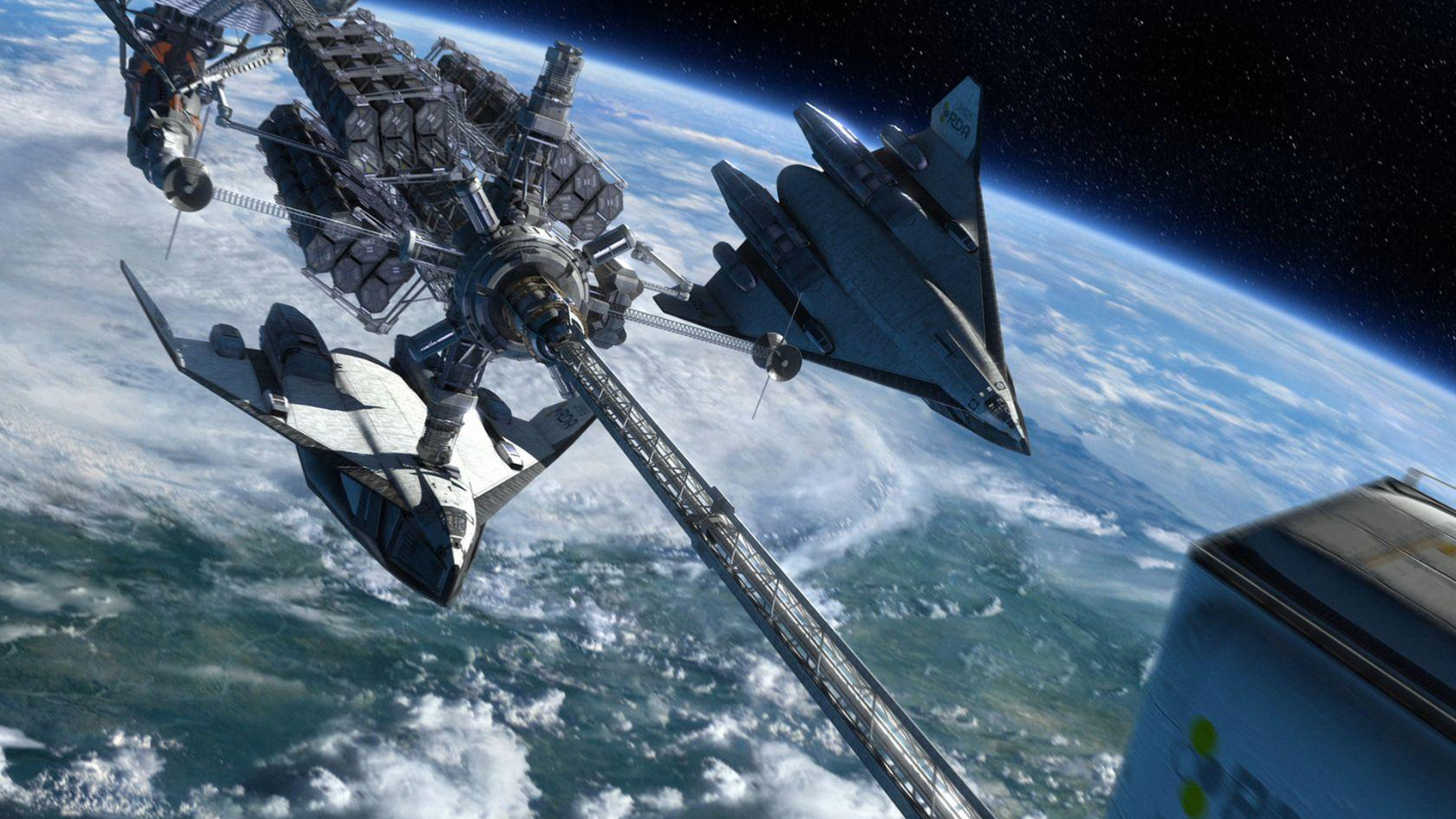
They might be the tools of the bad guys, but you have to admit the spaceships and vehicles of Avatar look awesome.
Despite the daily “who cares about Avatar” posts on social media that have been a thing for roughly a decade now, James Cameron’s big original sci-fi universe is alive and kicking, with Avatar 2 and 3 already shot and deep in post-production. The first of the five planned sequels, Avatar: The Way of Water, is set to finally arrive on December 16, 2022; the second one has occupied a slot on December 20, 2024.
Disney’s current plan for Christmas moviegoing, starting next year, is to alternate between big Avatar and Star Wars releases (so you might want to catch up on the Star Wars movies in order)... but we’ll see whether that sticks or not.
On top of that, the folks at Ubisoft’s Massive Entertainment have been developing a sprawling open-world Avatar game for a while. The game, Avatar: Frontiers of Pandora, was officially unveiled earlier this year, and aims to hit next-gen consoles and PC in 2022 – just in time for the new movie if development doesn’t hit any unexpected obstacles.
The (meaty) debut trailer already teased the return of plenty of creatures, spaceships, and vehicles of Avatar from the original movie, and we’ll likely be discovering more of those as marketing ramps up next year. For more info on Avatar: The Way of Water, check out our guide to everything we know about Avatar 2.
Plenty has been said for over a decade about Pandora’s natives and the real science of Avatar. Moreover, the moon’s bestiary has been equally studied and detailed by both Cameron’s team and the legions of diehard fans. However, we feel that most of the spaceships and vehicles of Avatar were generally taken for granted – they’re quite intricate and worth discussing as well. Let’s go over the movie’s most striking machines and their backgrounds. And, while you’re at it, check out the other coolest spaceships in sci-fi too.
Interstellar Vehicle Venture Star (ISV)
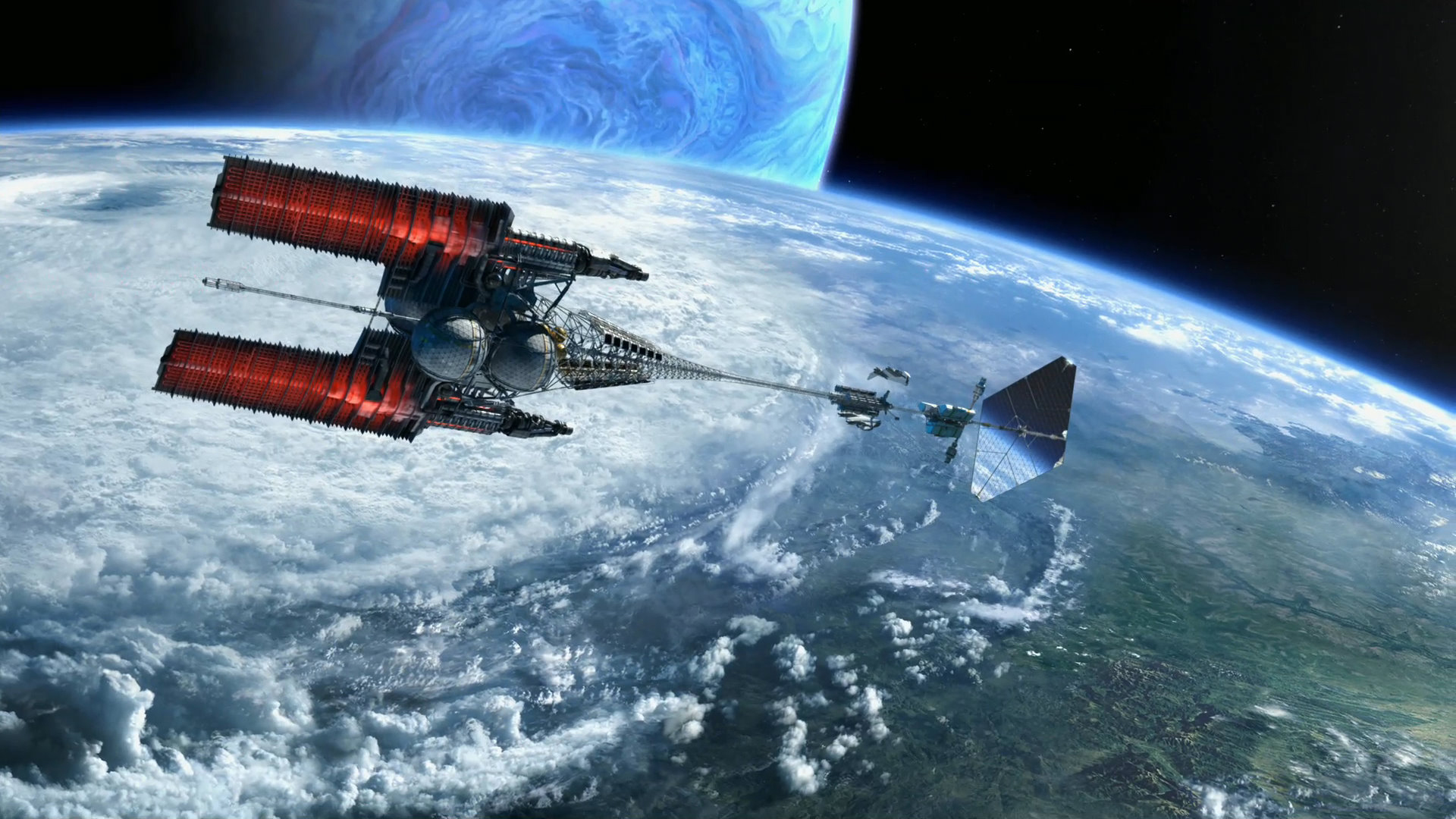
The first man-made creation we see in the movie is the most important of the spaceships and vehicles of Avatar; the Interstellar Vehicle Venture Star (ISV) is one of ten interstellar spaceships used for the looping Earth – Pandora supply chain. It kind of looks like a space station, and that’s because it was designed to operate only in deep space; shuttle-like ships called Valkyries (more on them below) are the vehicles that actually land on Pandora’s surface. As stated in the movie, the trip between Earth and Pandora takes more than five years, so each Venture Star carries a substantial amount of cargo and over 100 passengers, plus four crew members who also hit the sack in cryosleep for the entirety of the trip.
The Venture Star covers the 4.37 light years of distance between Earth and the Alpha Centauri system in an expected timeframe of 6.75 years – an initial acceleration takes place for about six months, reaching 0.7 times the speed of light. That speed is then maintained for nearly six years until the ship decelerates with another months-long process.
Unobtanium, the extremely valuable mineral only found on Pandora, is key to the construction of these spacecraft, as it helps contain the matter-antimatter reactions needed to space-travel within reasonable time frames. While there is obviously a fair bit of artistic license here, it's an entirely plausible set-up. We've recently spotted a potentially habitable planet orbiting Alpha Centauri A
Valkyrie SSTO-TAV-37
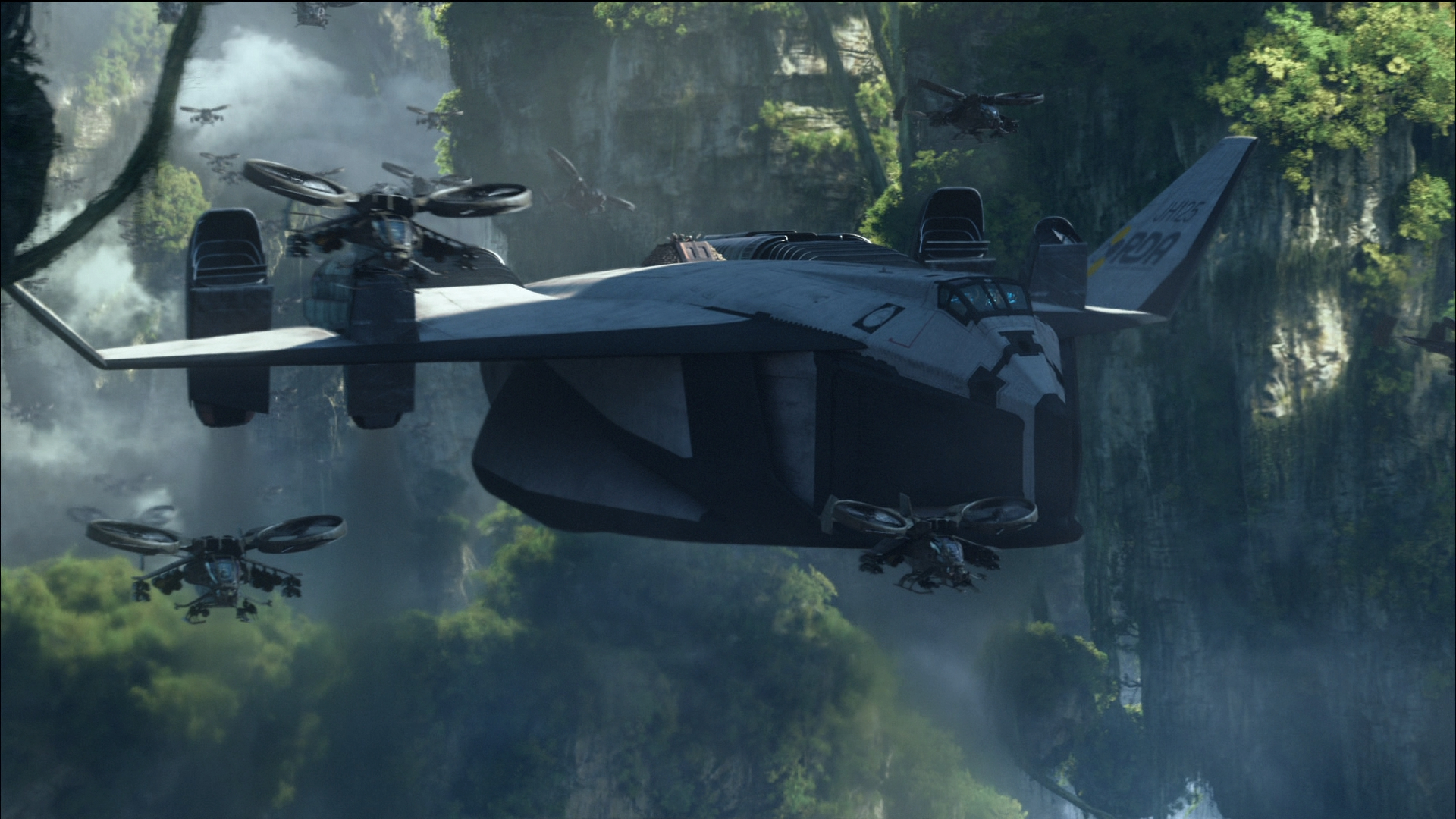
The Valkyrie SSTO (Single Stage To Orbit)-TAV-37 B-class shuttlecraft is, as stated above, of utmost importance to the Resources Development Administration’s (RDA) operations on Pandora – they’re the ships which offload new personnel, armed troops, and Earth-manufactured machinery and supplies. On the trip back home, around 25 tons of refined unobtanium can be fit inside. Two Valkyries are carried by each ISV Venture Star.
While these vessels are designed mainly for transport activities, some are left on Pandora and later re-purposed to serve as automated gas harvesters that skim through Polyphemus’ (the planet which Pandora orbits around) upper atmosphere to obtain the anti-hydrogen and deuterium used to refuel ISV spacecrafts. As seen in Avatar, Valkyries also have vertical take-off and landing capabilities and can even be used for military operations despite their massive size and limited maneuverability.
Mitsubishi MK-6 Amplified Mobility Platform
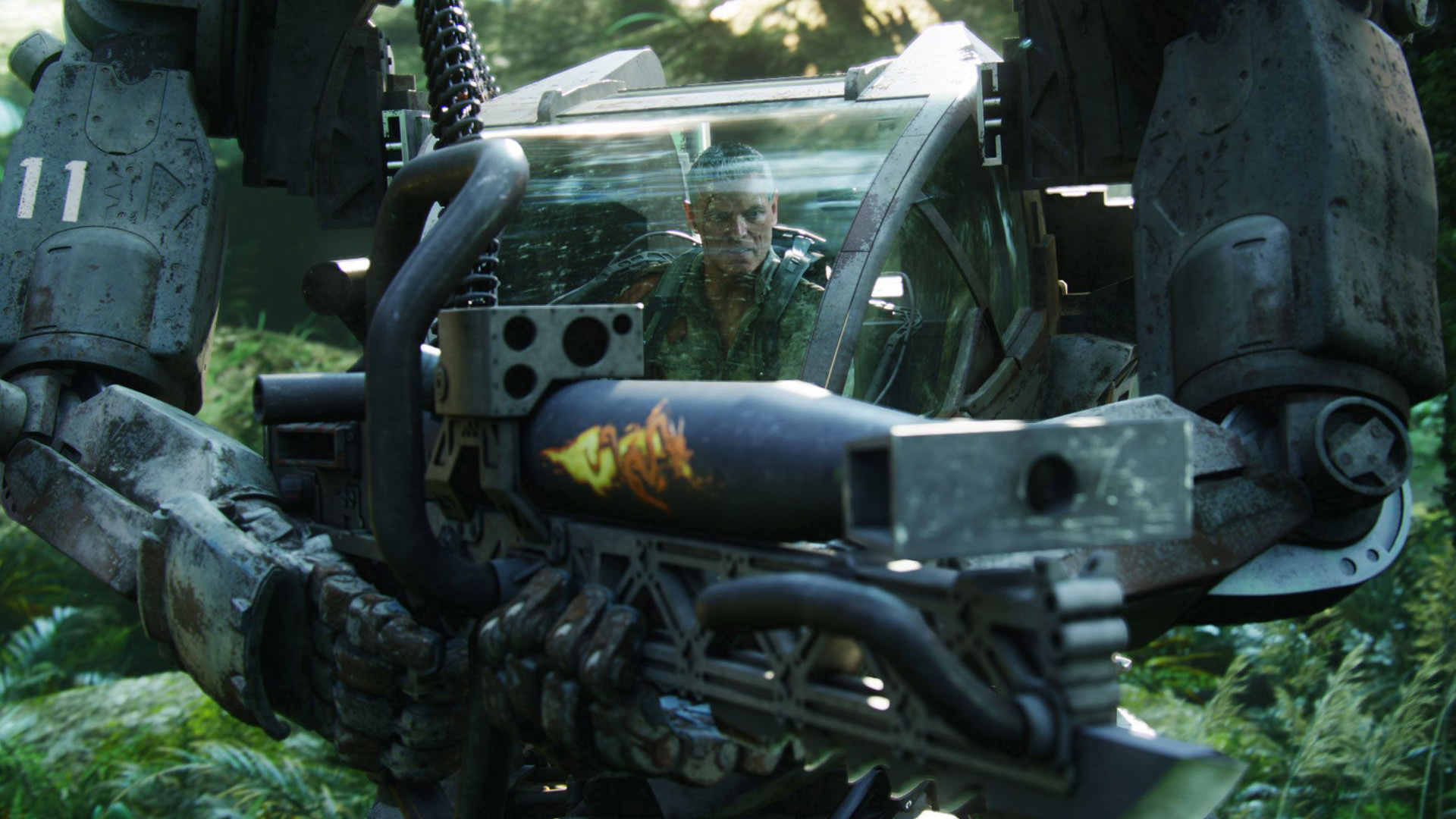
The Mitsubishi (yes, really) MK-6 Amplified Mobility Platform (or AMP suit) is arguably the most iconic of the spaceships and vehicles of Avatar and a memorable mech design that has clearly had a big influence on subsequent works of science fiction. It’s heavily featured throughout the flick, and plays a key role in the final confrontation between Jake Sully and main baddie Colonel Quaritch.
The official description says it’s “a distant descendant of the first military exoskeletons used on Earth in the mid-21st century.” The MK-6 AMP was improved over the decades and after its use in a myriad of theaters of war plus the Moon and Mars colonies. The Na’vi, the inhabitants of Pandora, often refer to this menacing machine as “shield that walks.” Its multi-purpose design, with human-like limbs, allows it to effectively replicate (and amplify) the functions of infantry soldiers.
C-21 Dragon Assault Ship
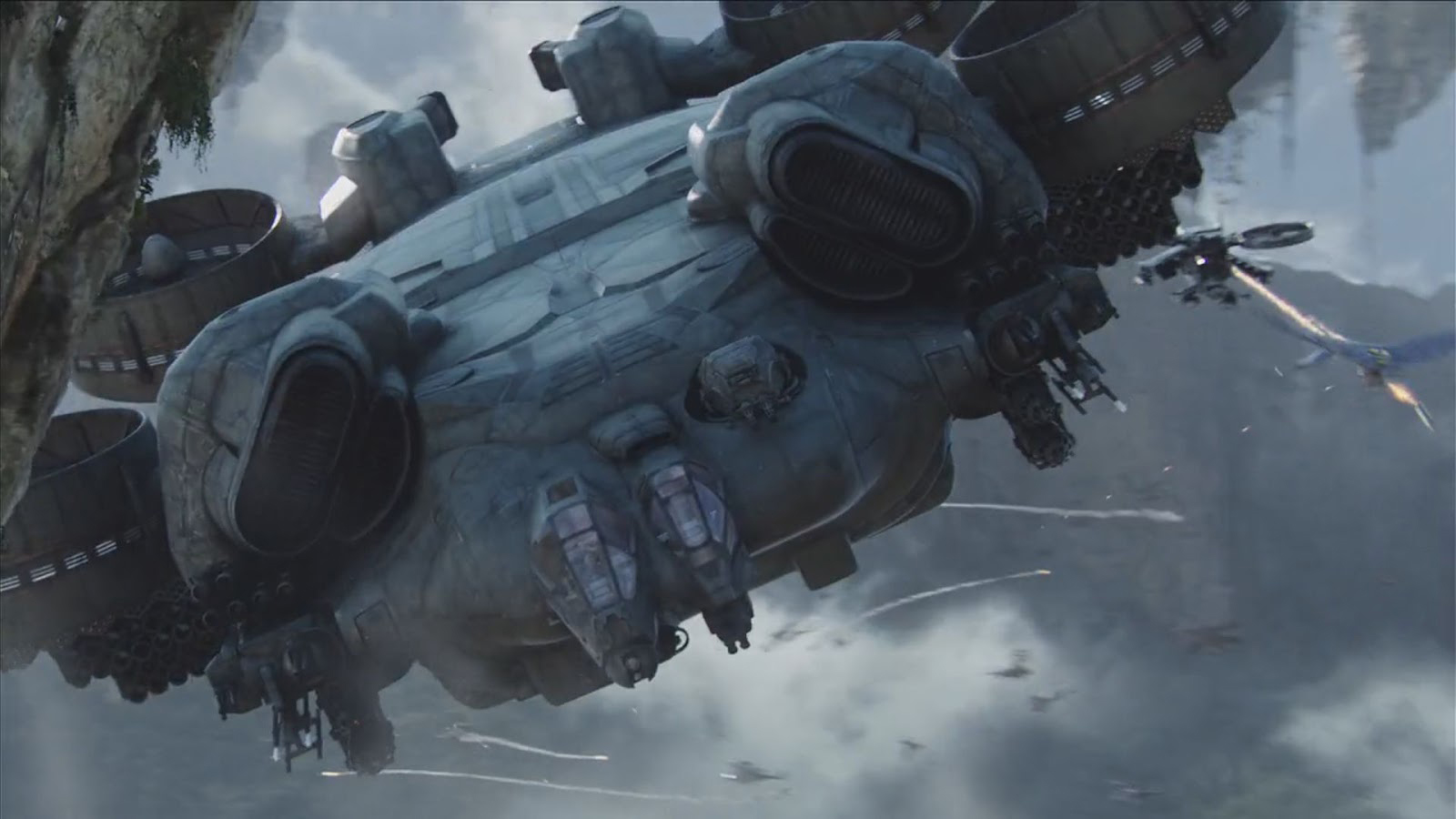
The C-21 Dragon Assault Ship only appears in the film during the attacks on the Omaticaya Hometree (which is completely destroyed) and, later, the Tree of Souls, but it gets plenty of screen time. It’s a heavy gunship used for full-scale military operations, or as support during smaller incursions into hostile territory; its specs make it the most powerful non-nuclear weapon on Pandora.
Unsurprisingly, the Dragon’s size and heavy armor make it slower and less maneuverable than the SA-2 Samson and AT-99 Scorpion (more on those later). It makes up for its movement-related shortcomings with a vast array of heavy machine guns, dozens of rocket and missile pods, and the possibility of using complements of door-gunners. Fans of James Cameron’s filmography might make a clear connection between the Dragon’s design and that of the Colonial Marines’ dropships in Aliens (a movie worthy of a top spot on our Alien movies, ranked worst to best list).
Aerospatiale SA-2 Samson
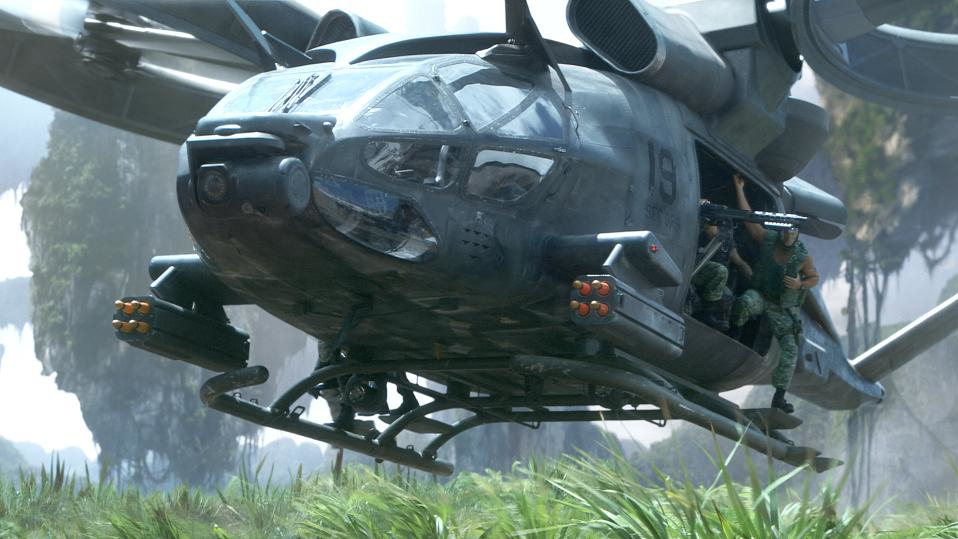
Another impressive example of the spaceships and vehicles of Avatar, the Aerospatiale SA-2 Samson are ducted-fan crafts that can be easily mistaken for Scorpion Gunships from afar. The Samson stands out as the main workhorse of RDA operations on Pandora thanks to its cargo-carrying capabilities, detachable rocket pods, and side-door guns.
Trial runs in Antarctica, the Himalayas, and Honduras proved the Samson could fly well in difficult atmospheres and/or extreme temperatures with minimal maintenance work needed. When the RDA started preparing large-scale operations for Pandora, the Samson’s reliability and sturdiness made it the ideal candidate for everyday operations in uncharted alien territories.
It looks like the Samson takes its real world inspiration from a couple of different helicopters - namely the Boeing AH-64 Apache and the Bell UH-1 Iroquois aka the Huey, which played a huge role in the Vietnam war that Avatar takes some of its inspirations from.
AT-99 “Scorpion” Gunship
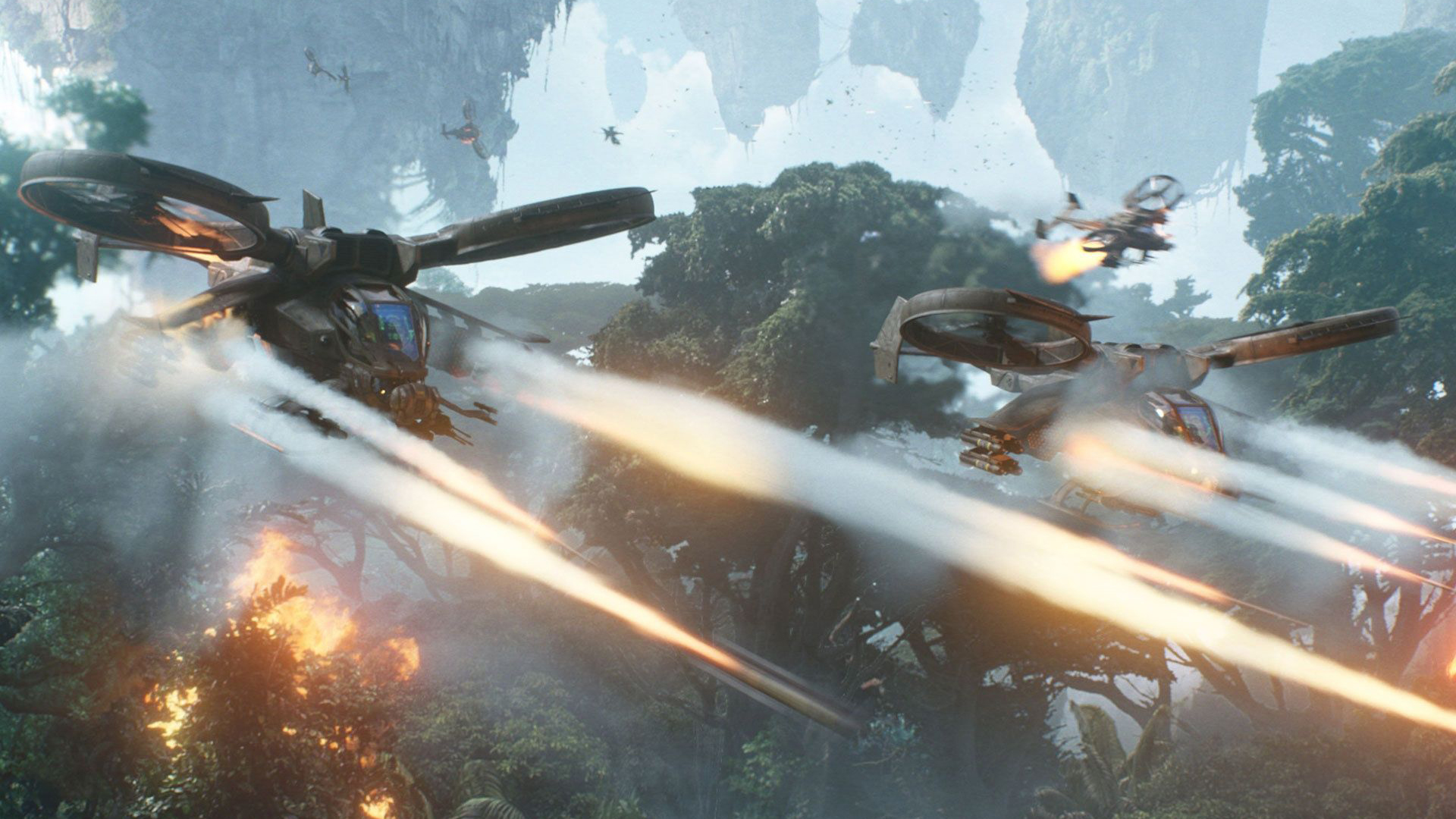
The gunship of choice on Pandora, the AT-99 “Scorpion” Gunship packs impressive frontal firepower without sacrificing the Samson’s iconic speed and agility. As a result, cargo-carrying capacity and side-door guns are gone in this ducted-fan craft design, plus a single pilot must coordinate everything that happens inside and outside the vehicle. They are mainly used to escort shuttle landings and take-offs, and to provide close-air fire support during military and mining operations.
Additional background information explains that the Scorpion Gunship was originally built for use on Earth “as terrorists and insurgents had gained access to electromagnetic pulse (EMP) weaponry to counter drones and other combat machines.” While the machines’ combat hulls and external electronics were hardened against EMP weapons, the central processing units (CPUs) remained vulnerable, so a human solution was needed – the RDA quickly realized that, even on Pandora, manned attack crafts were needed to negate the short-circuiting woes that came with CPUs, as all machinery on the newly-colonized, distant moon was required to last for as long as possible.
What does the franchise’s future hold?
It’s safe to assume that James Cameron and his team, plus Massive’s artists, have already come up with many cool new vehicular designs for their upcoming Pandora-set projects, so expect to see slight variations of these vehicles and spacecrafts starting next year.
We’d be surprised if all-new designs didn’t make a splash, too. Avatar’s universe, which is expected to expand beyond the landscapes of Pandora that we’ve already seen, is almost a blank canvas – it’d be nice to get some new vehicles that don’t resemble military aircrafts or mechs, but that will depend on what (and how big) the human presence is in the upcoming sequels. For now, the Na’vi have kicked all the bad Earthlings back to their home planet and are quite happy with their non-mechanical flying mountain banshees (ikran), thank you very much.
Join our Space Forums to keep talking space on the latest missions, night sky and more! And if you have a news tip, correction or comment, let us know at: community@space.com.
Get the Space.com Newsletter
Breaking space news, the latest updates on rocket launches, skywatching events and more!
Fran Ruiz is our resident Star Wars guy. His hunger for movies and TV series is only matched by his love for video games. He got a BA of English Studies, focusing on English Literature, from the University of Malaga, in Spain, as well as a Master's Degree in English Studies, Multilingual and Intercultural Communication. On top of writing features and other longform articles for Space.com since 2021, he is a frequent collaborator of VG247 and other gaming sites. He also serves as associate editor over at Star Wars News Net and its sister site, Movie News Net.











